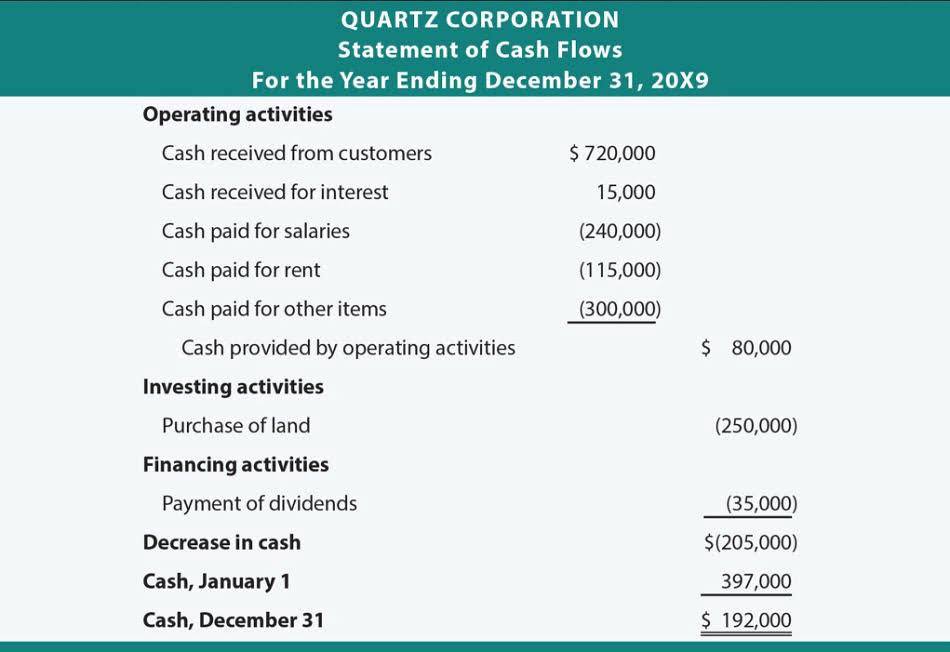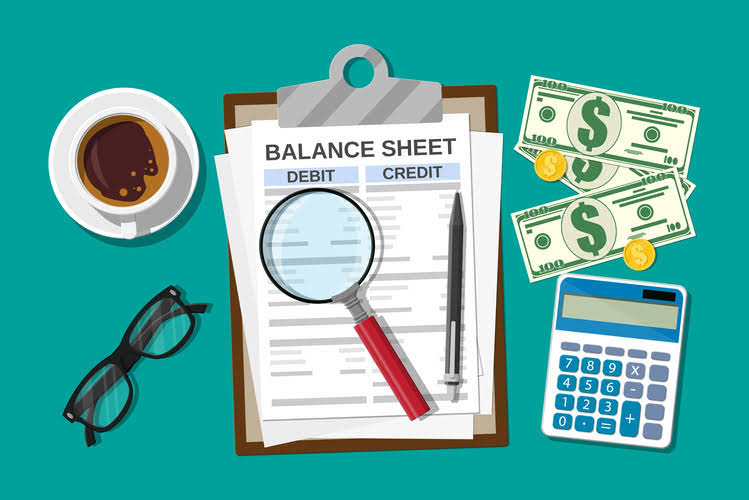
It’s important to note that gross profit is different than net income. To calculate net income, you must subtract operating expenses from gross profit. The differences in gross margins between products vs. services are 32%, 35%, and 34% in the three-year time span, reflecting how services are much more profitable than physical products.
Gross profit vs. gross profit margin
- When she’s not busy writing, she enjoys exploring the Pacific Northwest with her husband and dog.
- Finally, put in the time to make improvements that lower costs and increase revenue.
- Both the cost of leather and the amount of material required can be directly traced to each boot.
- When Garry subtracts the company’s COGs from its revenue, he ends up with a gross profit of $200,000 for the year.
- Thus, while gross profit can give some insight into a company’s performance, it is often not enough to cover everything needed to come up with strategic decisions.
When the value of COGS increases, the gross profit value decreases, so you have less money to deal with your operating expenses. Subtracting $10,097,000 from $13,757,000 yields a gross profit for the company of $3,660,000. The definition of gross profit is total sales minus the cost of goods sold (COGS). Though both are indicators of a company’s financial ability to generate sales and profit, these two measurements serve different purposes.
The Gross Profit Formula in Action
This metric helps compare a company’s production efficiency over time. It shows insights into the efficiency of a company in managing its production costs, such as labor and supplies, in order to generate income from the sales of its goods and services. Use an accounting software like QuickBooks, that can easily generate your firm’s https://www.bookstime.com/ and other important metrics. Compare your firm’s gross profit margin to other companies in your industry. This includes all of the costs Garry incurred in manufacturing and selling his sunglasses—including production labor, material costs, and shopping. After reviewing his expenses for the year, Garry determines his COGS is $650,000.
- Get instant access to video lessons taught by experienced investment bankers.
- In our coffee shop example above, the gross profit was $80,000 from revenue of $200,000.
- But gross profit tells you how much money is left after subtracting one major expense item from the revenue — the cost of goods sold.
- This means that Tesla covered their COGS with 73% of revenue and had 27% left for other expenses, like fixed costs, taxes, and depreciation.
- Gross Profit is the income a business has left after paying all their variable costs directly related to the manufacturing of their products and/or services (cost of goods sold).
- Use promotions, rewards, and testimonials to promote your products, and survey your customers to find out what products they want.
Pricing strategies: How to price products and services
Gross profit serves as the financial metric used in determining the gross profitability of a business operation. It shows how well sales cover the direct costs related to the production of goods. When all these variable costs are added up, the total amount is the cost of goods sold (or cost of revenue) used to calculate gross profit.
How to Calculate Gross Profit Example
For instance, if a company wanted to increase its gross profit, it could lower the COGS or increase selling prices while also working on increasing productivity. However, using gross profit to determine overall profitability would be incomplete since it does not include all other costs involved in running a successful business. Gross profit assesses the ability of the company to earn a profit while simultaneously managing its production and labor costs. In other words, for every dollar Tesla, Inc. generated in sales, the company earned 27 cents in gross profit when compared to their COGS. It also assesses the financial health of the company by calculating the amount of money left over from product sales after subtracting COGS.

Why You Can Trust Finance Strategists

It helps determine how well a company manages its costs and markets its products. A decrease in gross profit may imply a serious problem that needs to be addressed. An increase may indicate that recent changes are working and should be enhanced or continued. It is used to calculate gross profit margin, which is helpful for assessing a company’s production efficiency over time.
It can be limiting, however, since it only takes into account the profitability of the company and not additional relevant data, such as rising material costs or labor shortages. A better indicator of a company’s overall financial health may be that of net profit. To find your sales revenue, either look at your financial statements or calculate all of your earnings for the term you’re looking at. Total revenue includes sales and other activities that generate cash flows and profit if there are any. However, a gain on sale is different than selling a product to a customer.
Revenue is the amount of money generated from sales of a company’s products and/or services during a specific time period (for example, a month or a quarter), before any deductions. Use accounting software that can easily generate your firm’s gross profit and other important metrics. A company’s gross profit is not just for reflecting on the profitability of a company — it can also be used to increase profits. Gross profit is best used to compare companies side by side that may have different sales revenue. Since gross profit only encompasses profit as a percentage of sales revenue, it’s the perfect factor to use as the measurement of comparison.
